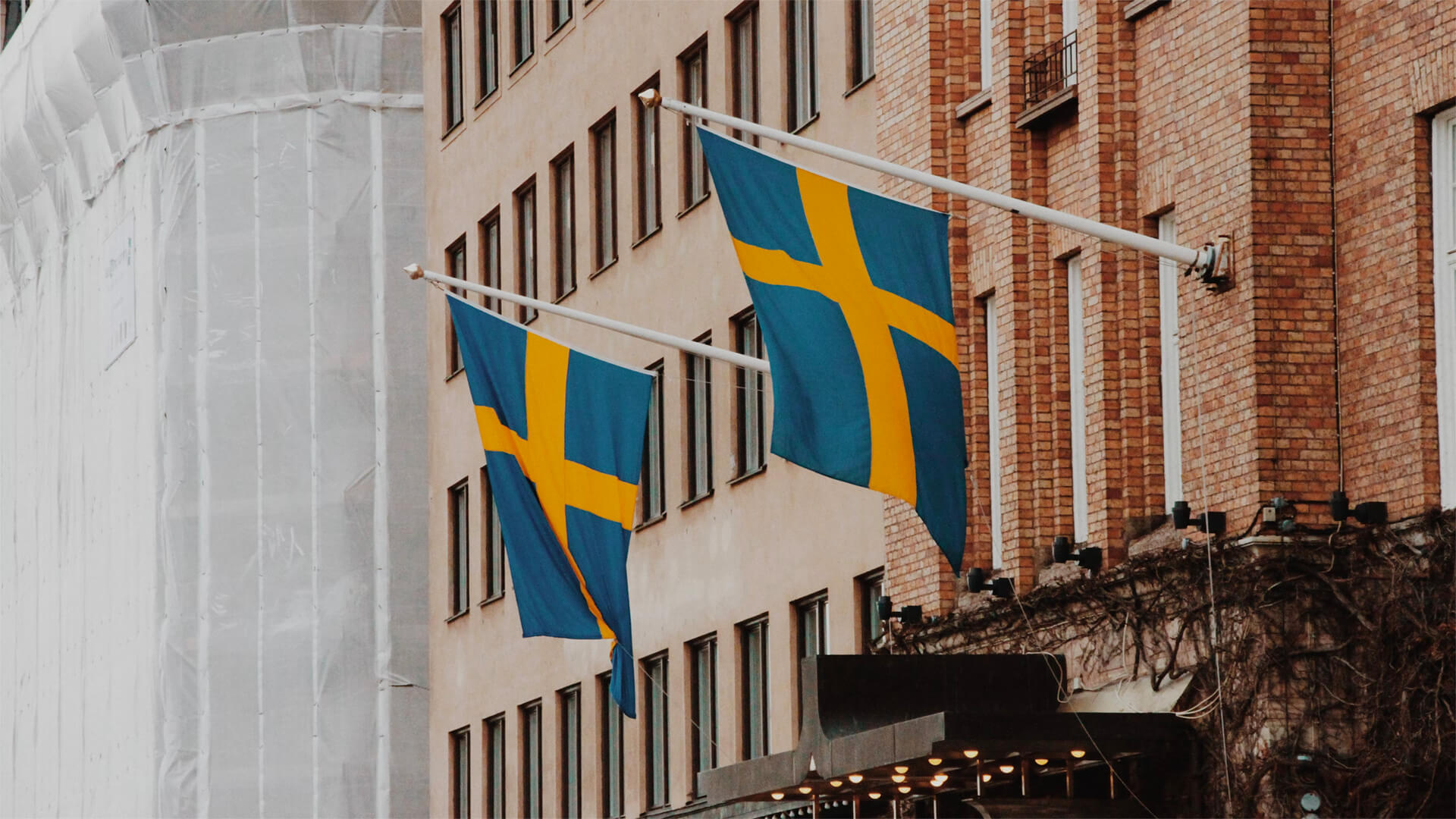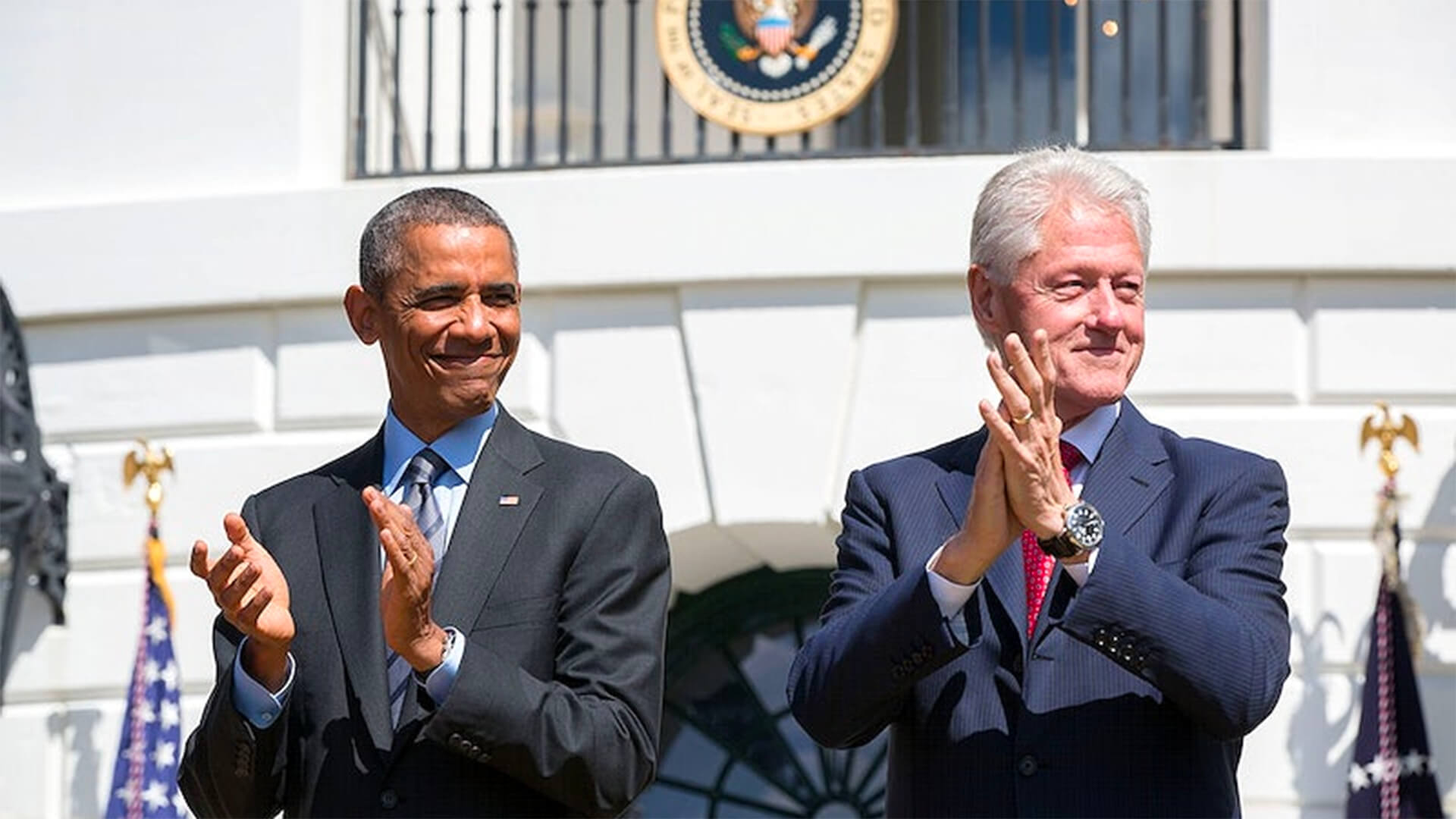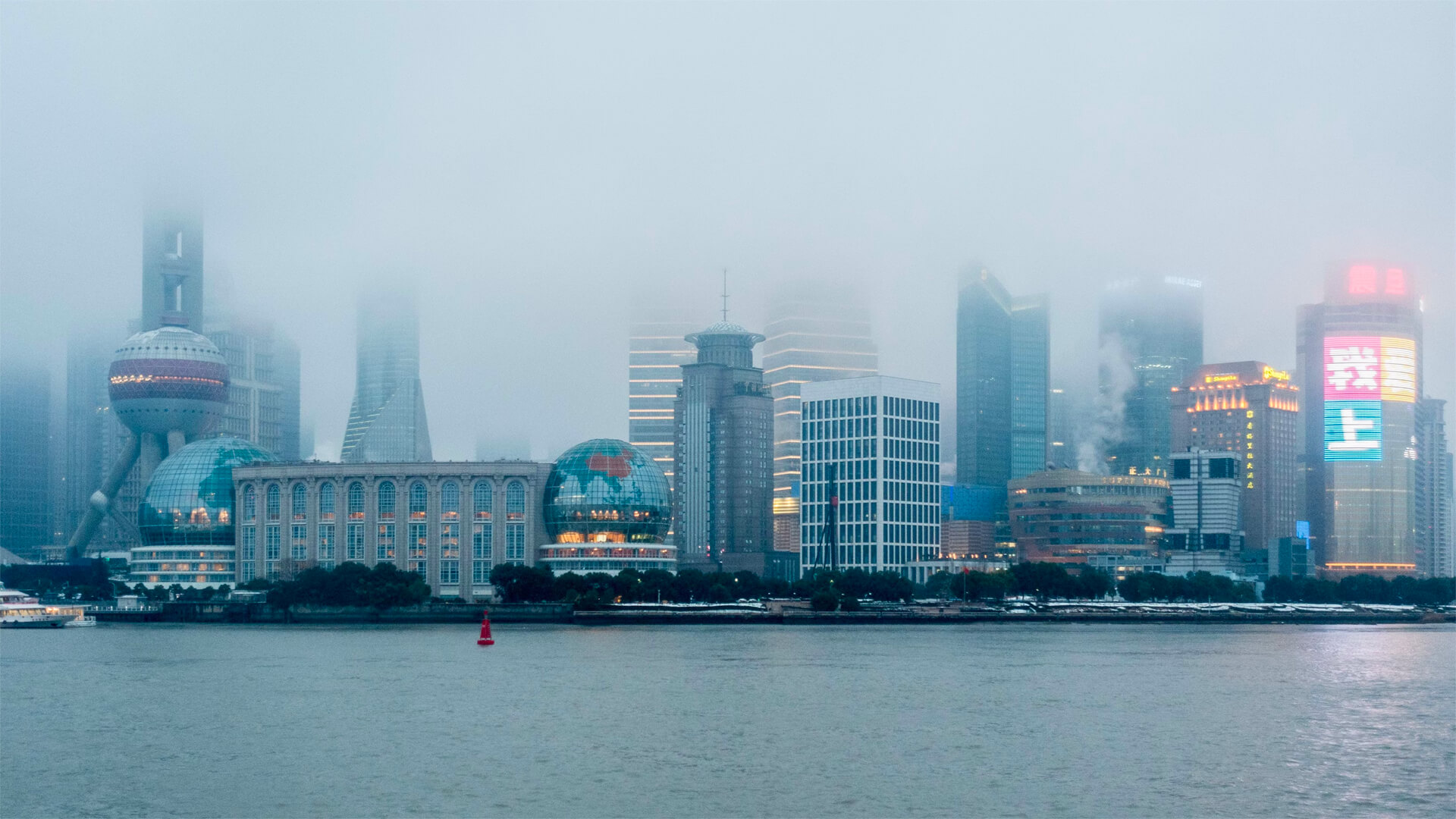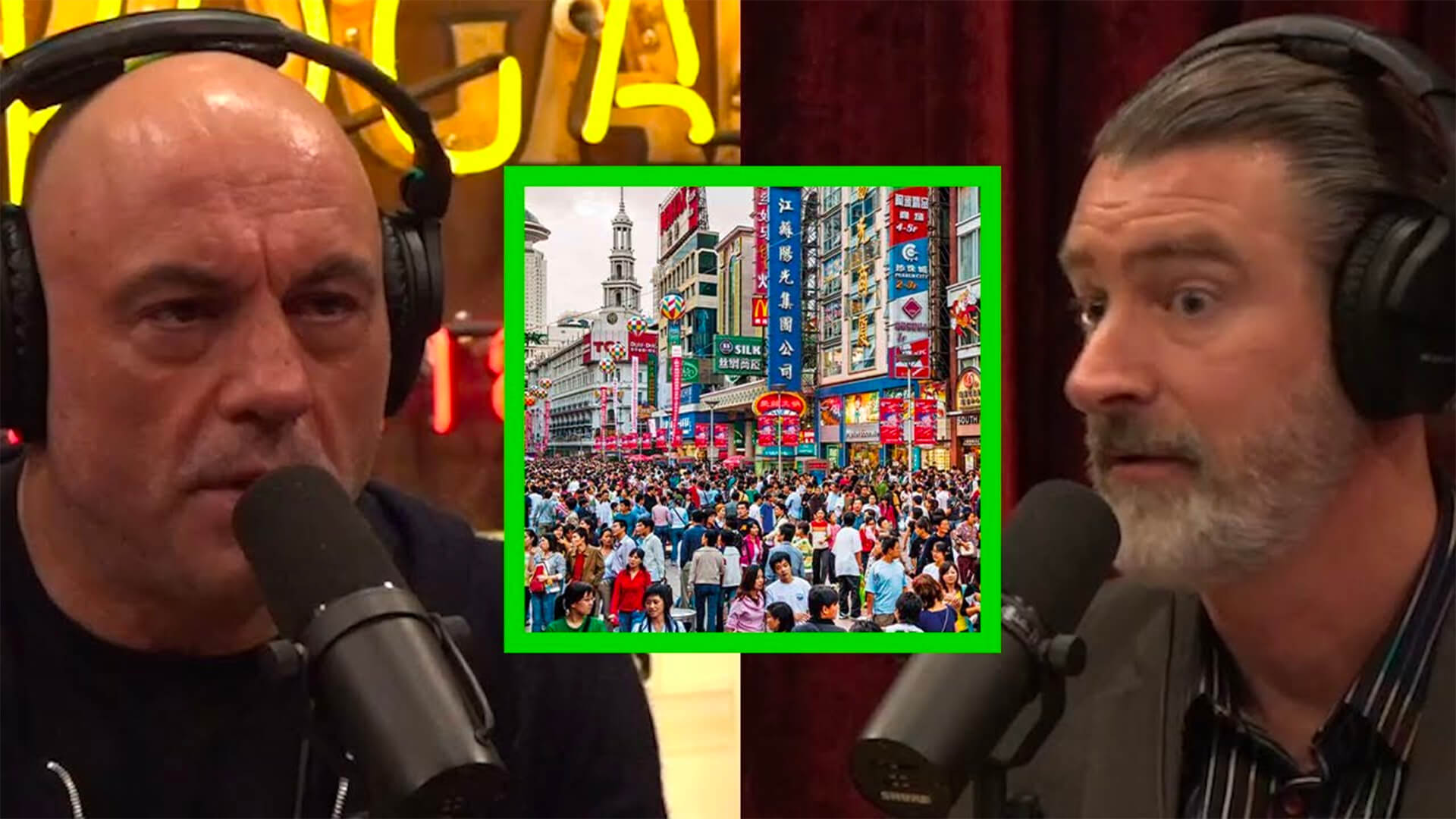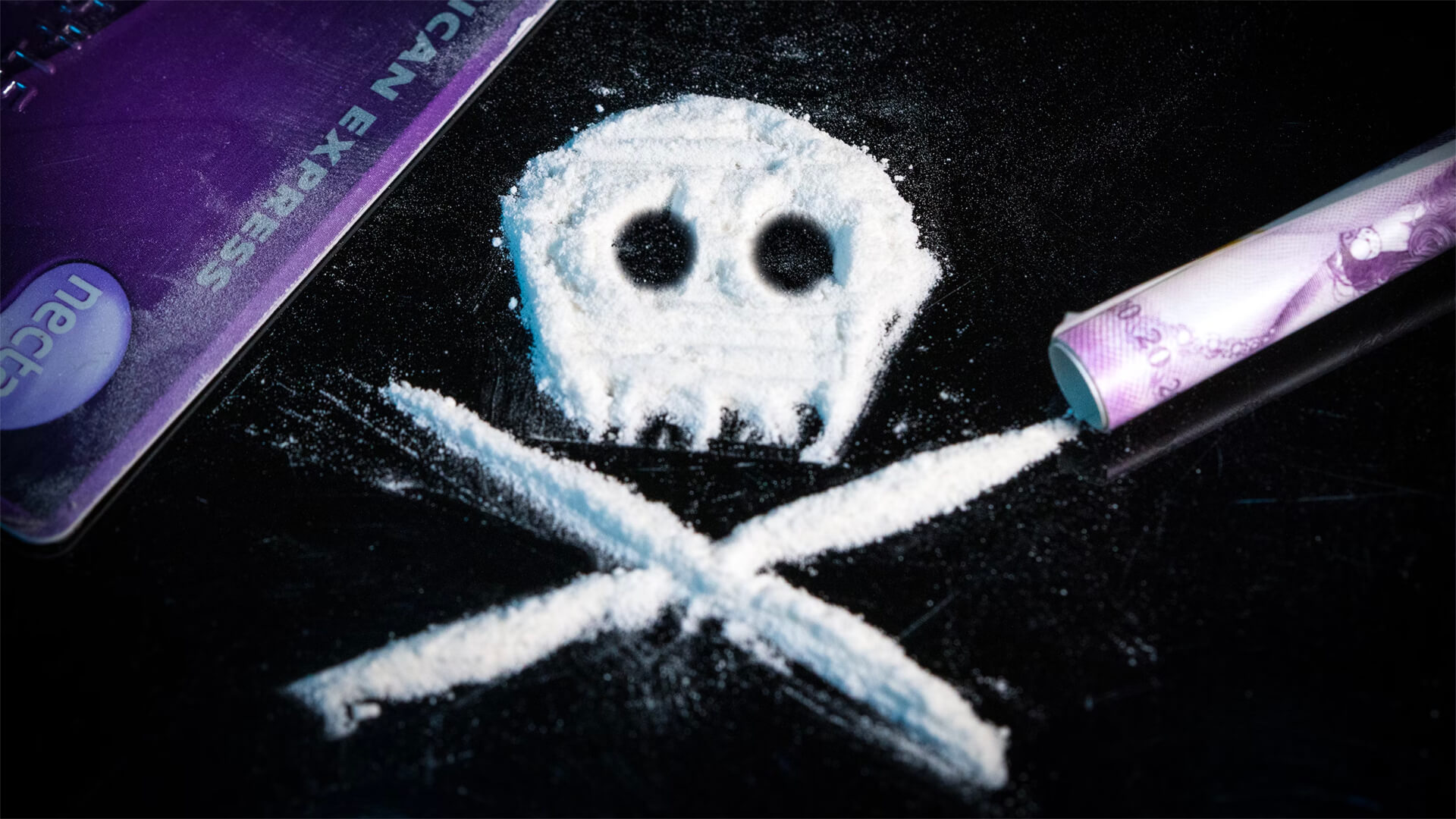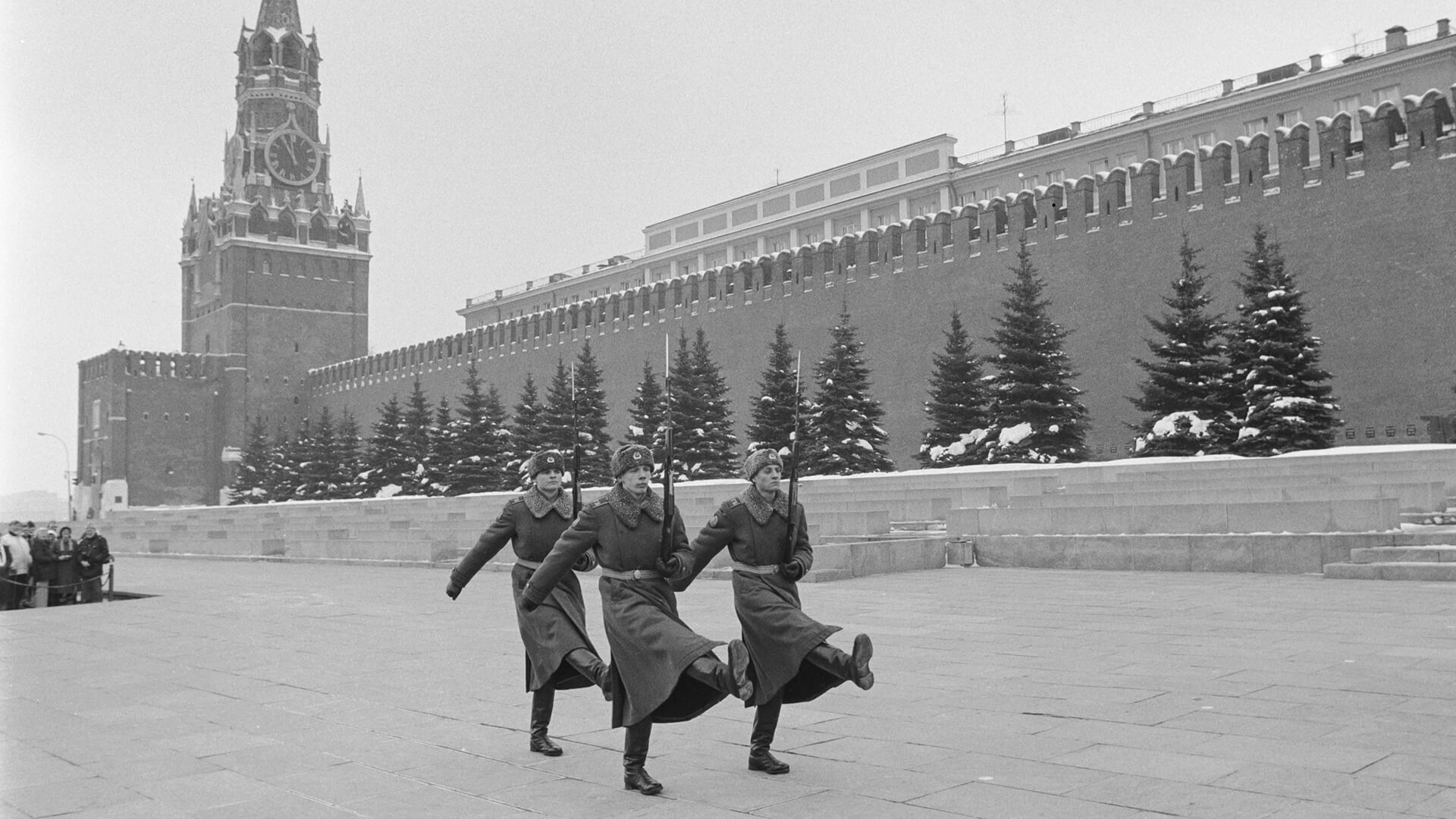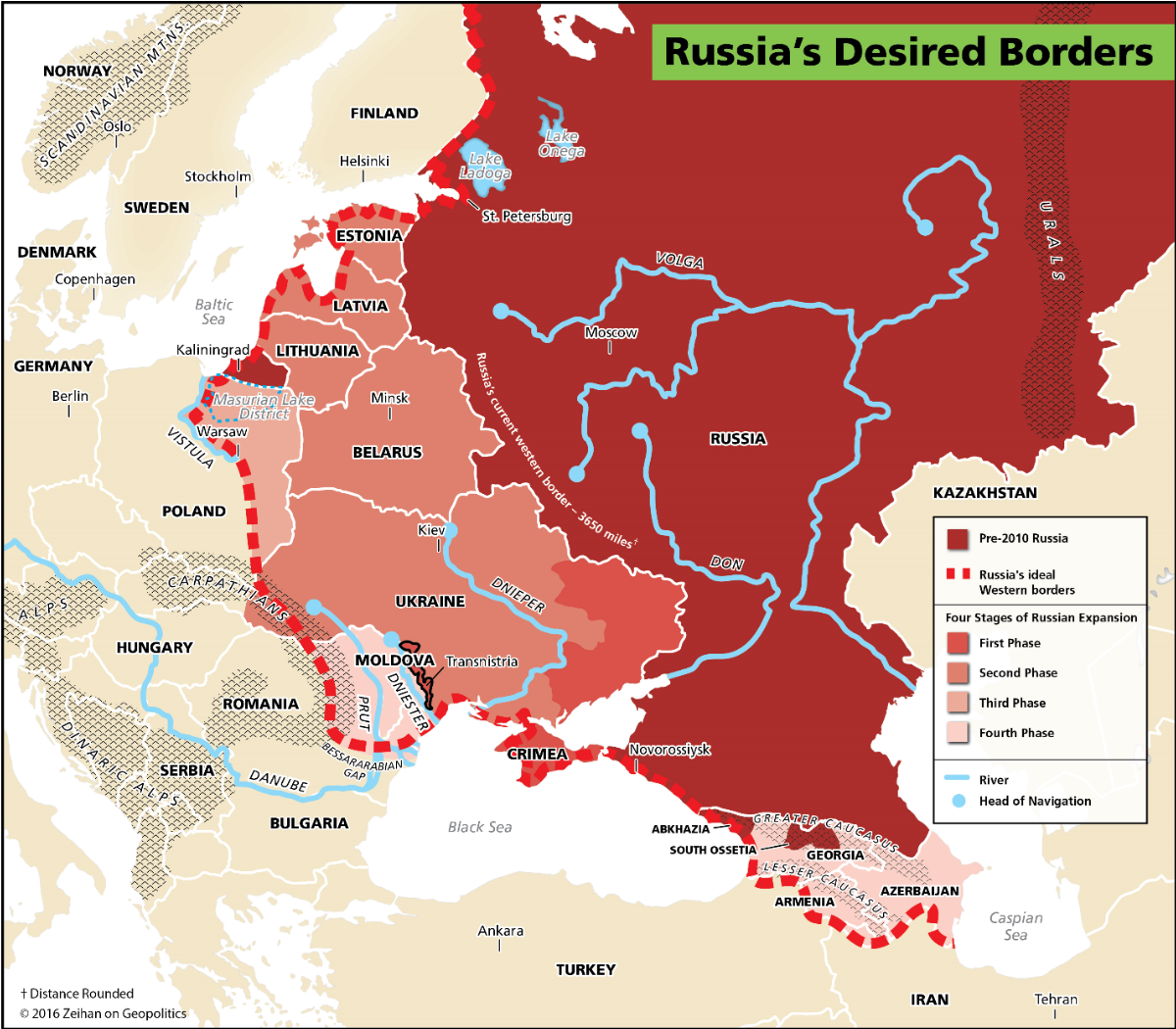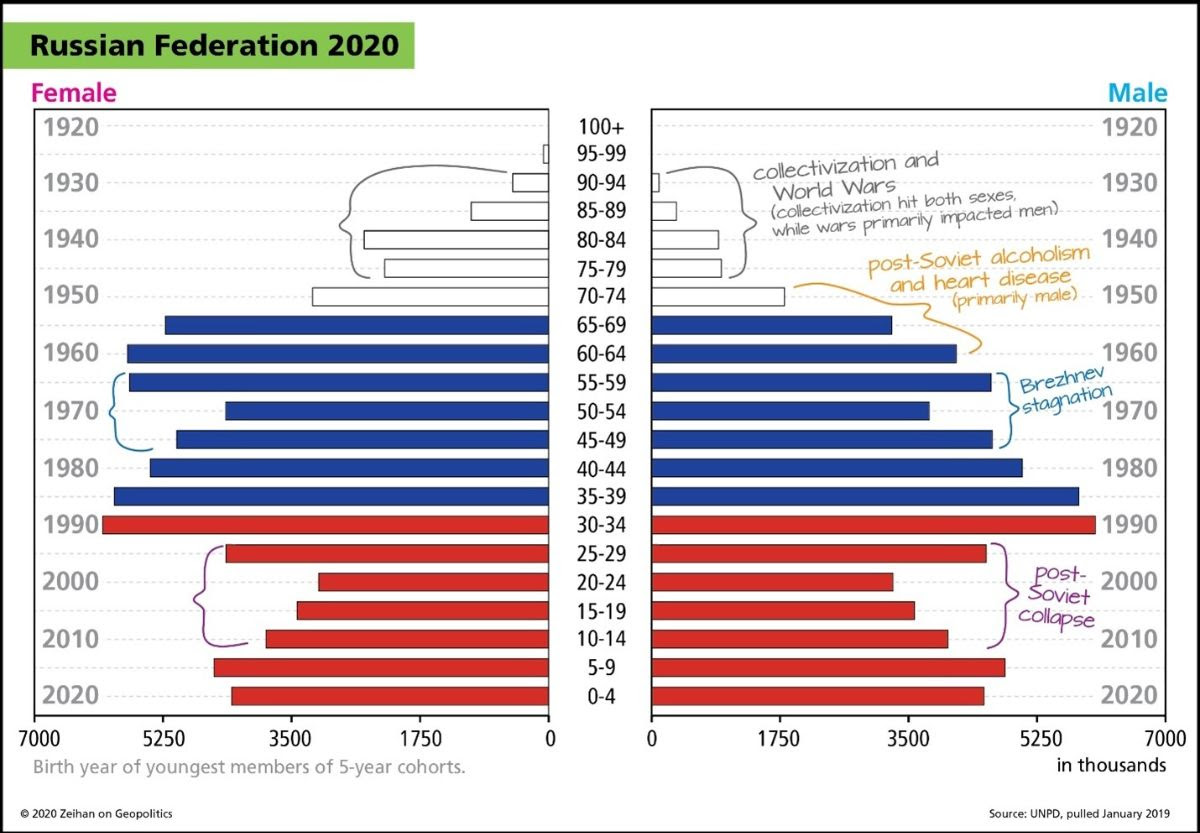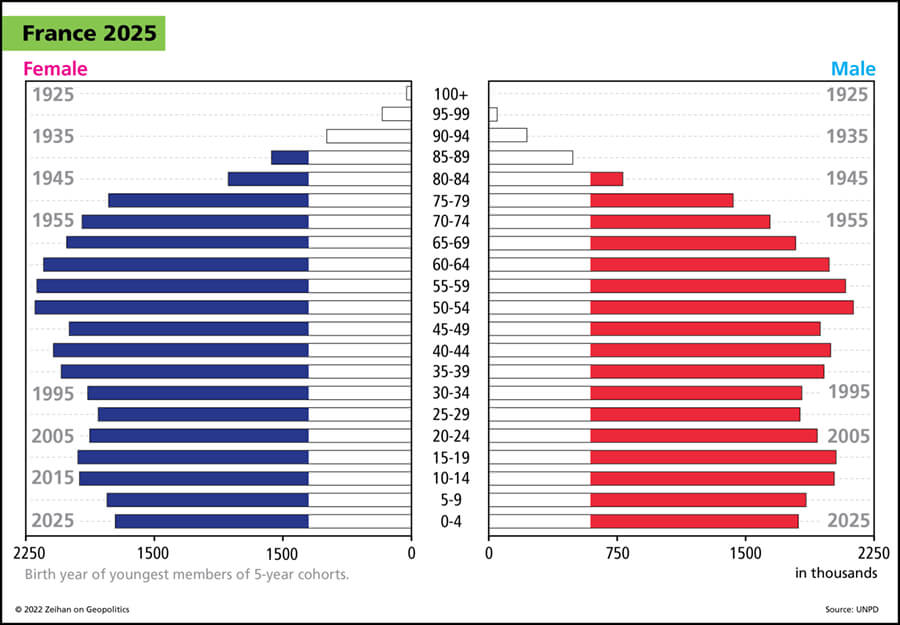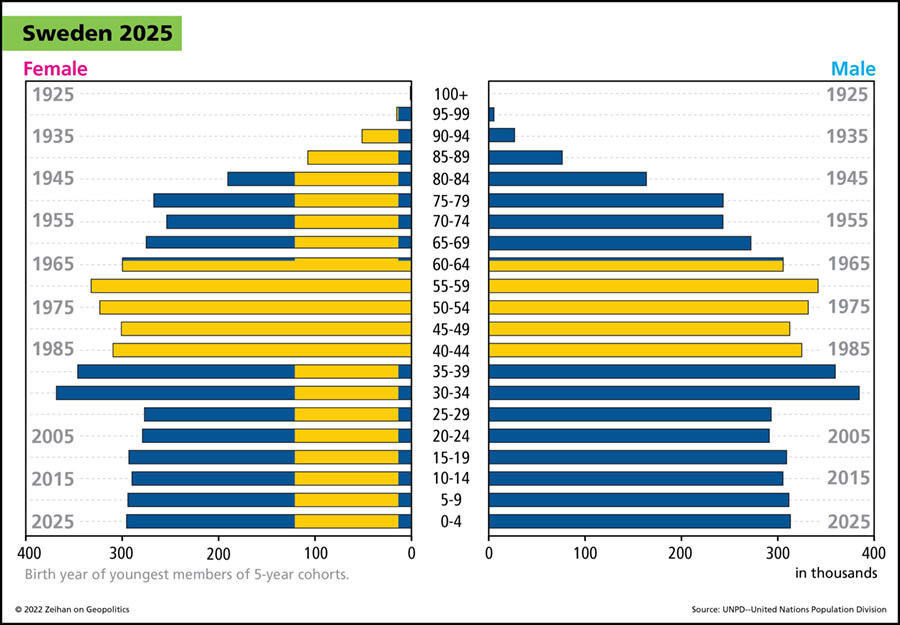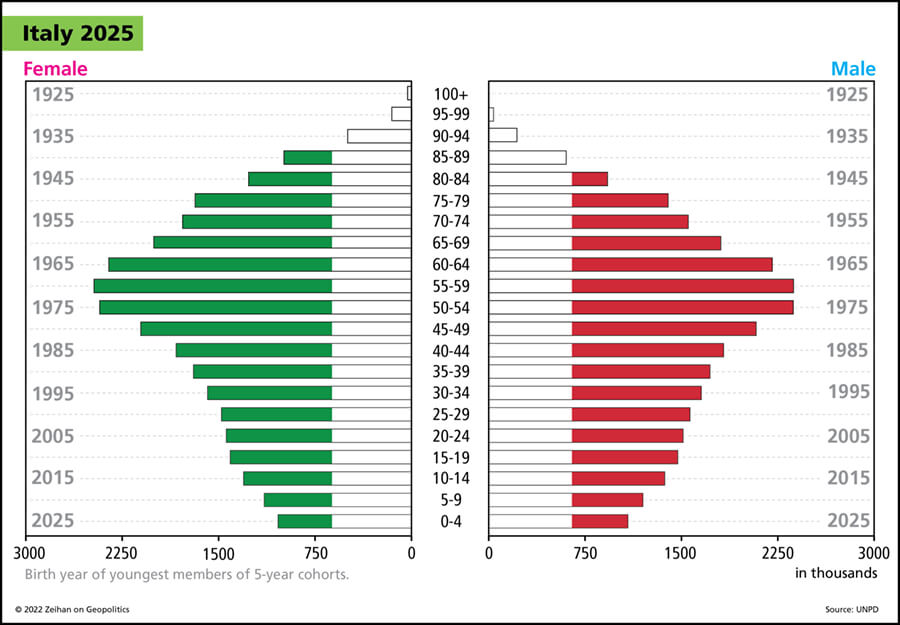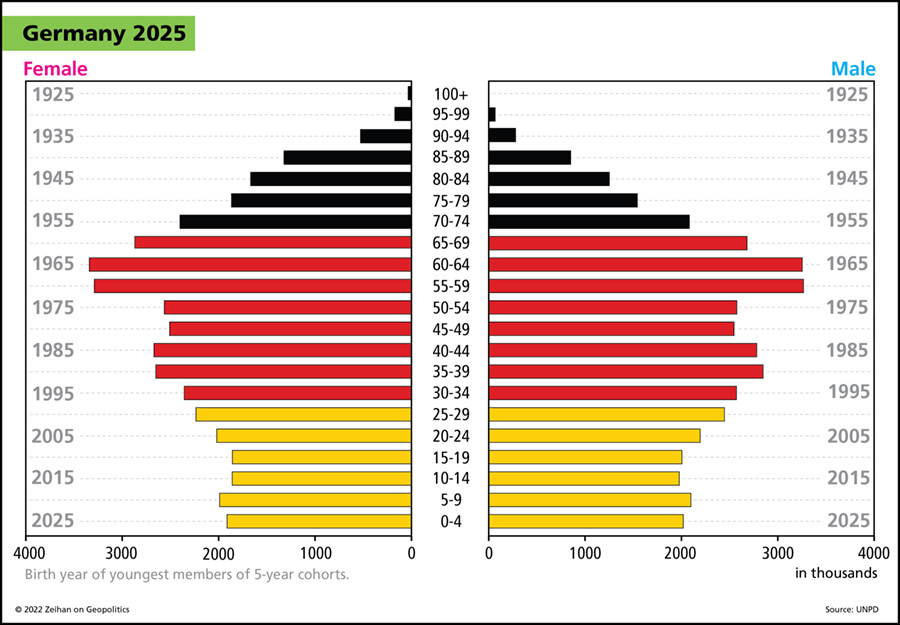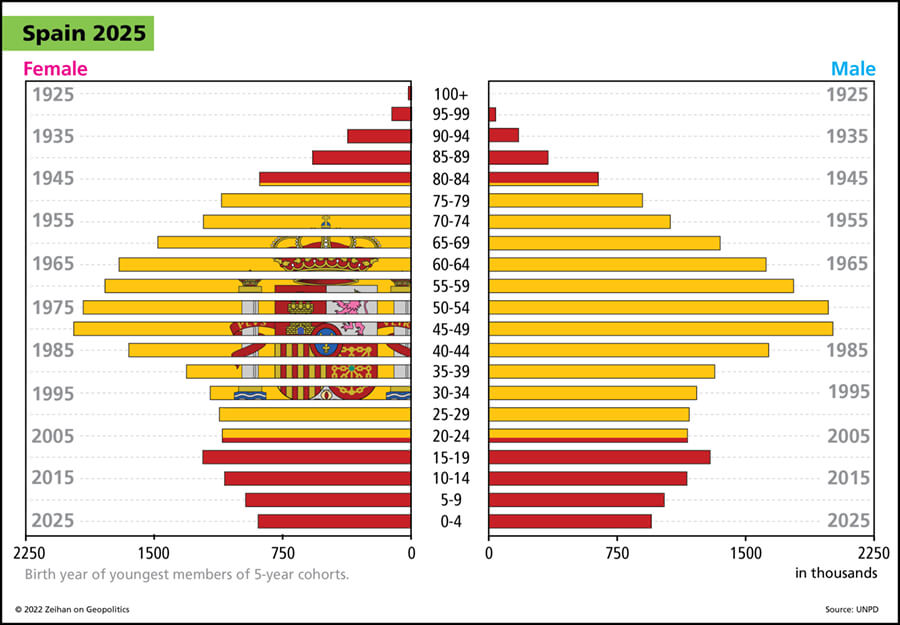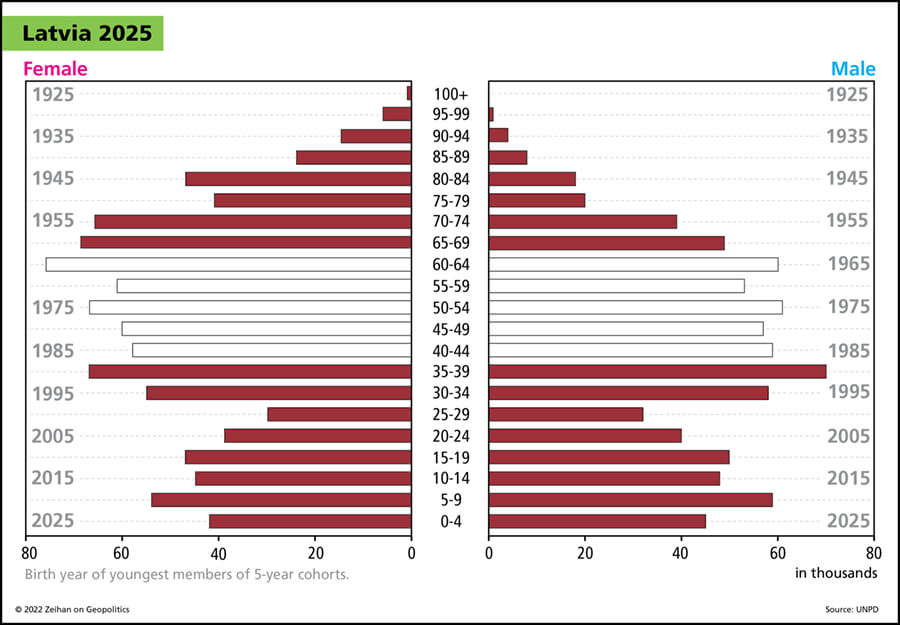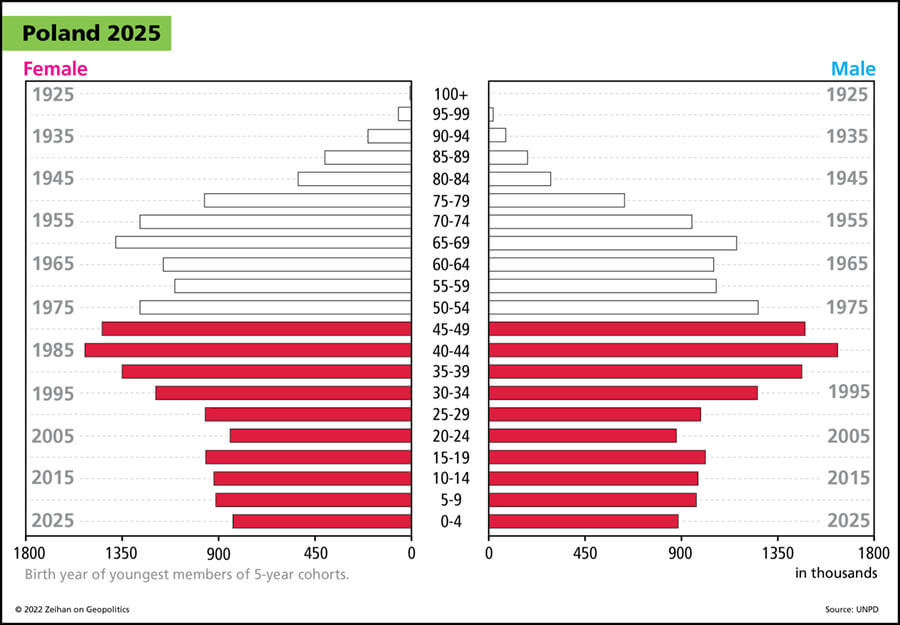When your country’s history has more than one tally mark next to the category – “World Wars Started” – it makes sense to avoid any form of strategic defense policy. Former German Defense Minister Christine Lambrecht did just that. She wasn’t a skilled defense policymaker. She wasn’t a military strategist. And that’s exactly what Germany needed…until now.
Germany’s slide into pacifist/socialist oblivion has been a somewhat viable plan, especially since their neighboring countries are neutral or part of NATO. That’s until Putin had to ruin everything and plop Russia back on the warpath.
So now Germany has to come face-to-face with the question they’ve been putting off since the Cold War and perhaps WWII – Do we get involved? Lambrecht’s resignation is seemingly a signal that we will see movement in Germany’s strategic policy very soon.
Prefer to read the transcript of the video? Click here
Here at Zeihan On Geopolitics we select a single charity to sponsor. We have two criteria:
First, we look across the world and use our skill sets to identify where the needs are most acute. Second, we look for an institution with preexisting networks for both materials gathering and aid distribution. That way we know every cent of our donation is not simply going directly to where help is needed most, but our donations serve as a force multiplier for a system already in existence. Then we give what we can.
Today, our chosen charity is a group called Medshare, which provides emergency medical services to communities in need, with a very heavy emphasis on locations facing acute crises. Medshare operates right in the thick of it. Until future notice, every cent we earn from every book we sell in every format through every retailer is going to Medshare’s Ukraine fund.
And then there’s you.
Our newsletters and videologues are not only free, they will always be free. We also will never share your contact information with anyone. All we ask is that if you find one of our releases in any way useful, that you make a donation to Medshare. Over one third of Ukraine’s pre-war population has either been forced from their homes, kidnapped and shipped to Russia, or is trying to survive in occupied lands. This is our way to help who we can. Please, join us.
CLICK HERE TO SUPPORT MEDSHARE’S UKRAINE FUND
CLICK HERE TO SUPPORT MEDSHARE’S EFFORTS GLOBALLY
TRANSCIPT
Hey everyone Peter Zeihan here coming to you from Colorado. I’m inside today because it’s way too cold to be outside. Actually, humid, which is weird. Anyway, this is Pandora. She’s my copy editor (aka my cat). Today, the big news is that the German defense minister, a woman by the name of Christine Lambrecht, has finally resigned her position now. Lambrecht is not somebody with defense experience. She is a politico. She has been up relatively high in Germany’s social Democratic Party, which is a center left party for decades. So it’s not that she’s a nobody. She doesn’t have a lot of skills that are appropriate to her current portfolio.
This has not been a problem. In fact, her specific, deliberate, intentional incompetence in defense matters in many ways was seen by the SPD as a plus because until we got to the point that the Germans were reformulating (my cat gets up and leaves) Oh taking off Pandy? Okay, until we got to the point that the Germans were reformulating everything because of the Ukraine war, the general position in Germany as a whole and specifically in the SPD was that the Defense Ministry itself is unnecessary, that in the aftermath of the Cold War, the threat to Germany is gone. And while we may find that a little bit, you know, naive, you have to look at it from the German point of view.
Whenever Germany has had to act in order to protect its own interest, things have gotten a little out of hand. The German state is in a bit of a geopolitical pressure cooker. It is surrounded by rivals and potential rivals. And in any era where the Germans have felt it’s necessary to have a defense ministry, they’ve discovered that being surrounded and having a defense force that’s worthy of the name generally triggers a lot of angst everywhere. And so you get one of two things.
Either all the countries surrounding Germany gang up on it in order to put it in a box, in which case Germany loses a catastrophic war, or the Germans act preemptively in order to remove some of those potential rivals from the scene, in which case you get a war that ultimately puts Germany in a box. And whipping back and forth between these two extremes has been absolutely horrible for the Germans.
So for the Germans, the post-Cold War environment in Europe has been the best it’s ever been. You’re talking about a golden age because NATO’s provided defense, but all the countries that border Germany are either neutral like Switzerland or are members of NATO, which is basically everyone else. And in that sort of environment, the Germans can kind of dither and become pacifist socialists, which to be perfectly blunt, looking at the long stretch of German history, is much, much, much, much, much better for everyone than the alternative.
Now, Lambrecht anyway was put in charge of the Defense Ministry, which is basically continuous, slowly sliding it into functional oblivion. The Germans have been spending less and less on defense for years, ever since 1992, and basically the unofficial goal with Lambrecht is to make the military a non thing. Well, that doesn’t work in an environment where the Russians are back on the warpath and the Germans need to be starting thinking not just about 20th century military strategy, but 19th century military strategy.
And Lambrecht was completely unprepared, professionally, personally and ideologically for this sort of shift. And so when the government decided to basically double the size of the defense budget, she had no personal experience, professional experience of how to do that. And the result was a series of policy mishaps. She also had a lot of the built in distrust for the United States that comes from the German Center-Left, which really doesn’t like the idea that the United States writes German defense policy to a degree, which, you know, obviously clashes with the goal of getting rid of the defense ministry altogether.
So there wasn’t really anything about the current environment where she was an appropriate candidate anymore. The strategy had changed, the reality had changed, the geopolitics had changed. And she hadn’t. So obviously, she had to go. The question now is what else goes with her? The Germans have been very reticent to provide top tier military technology to the Ukrainians, not because they don’t want the Ukrainians to ultimately win the war, but because the German position in this space has been specifically to avoid a military conflict.
And that goes back to before 1992. The Germans have always known that if there was a military conflict of size, they would obviously be drawn in. And in a world where they are trying to make up for the sins of the past, having any sort of proactive military policy just grates against everything that they have been raised to believe since 1946.
They’re dealing with a change in circumstance, and that’s uncomfortable and that is grating, even without the ideology. But now we’re nearing an environment where the Russians are not just mobilizing, but mobilizing in force. They’re finally beginning significant industrial upgrades. They’re finally starting to churn out missiles and ammo and tanks in numbers, and they are finally doing a full scale mobilization. This isn’t the 300,000 that they did a few weeks ago. We’re talking about at least another or half a million men likely being in the theater within a very few number of months. And so by the time we get to May and June, the Russian military is going to look very different. And in that environment, especially with this lead up, where the Russians aren’t quite ready for big offensive operations, where they’re lobbing missiles and drones into civilian infrastructure, it’s really cracking through the ice and the German political discussion on what a strategic policy means, and that means more and better equipment is going to be going to Ukraine. And Lambrecht, the former defense minister, was part of an obstacle system that prevented that from happening. Now she’s gone.
So we’re probably going to be seeing movement in Berlin on things like leopard tanks. Now, the leopard tank is one of the top two tank systems that exists in Europe, the other one being the M1 Abrams from the United States. And there are a large number of NATO countries, specifically in Europe, that have a relatively large fleet of these tanks in storage or in use. And they are probably the easiest ones for the Ukrainians to absorb in numbers. So there are a number of countries, specifically Denmark and Poland, who have been pressuring the Germans in order to allow them to take these export of tanks and then send them on to Ukraine. That requires Berlin’s approval. And Berlin, to this point, has been demurred. But the coalition now involves almost every single country that the Germans have sold the leopards to. And so all of a sudden, with Lambrecht gone, all of this is in motion. And I think we’re going to see the Germans relent on at least letting other countries send their leopards within a very short number of weeks because these tanks have to be absorbed by the Ukrainian military before we get to that May and June offensive. And so time is running out. We’ll then have a conversation in Germany about strategic policy. And so probably in February and March, the Germans themselves are going to publicly decide whether or not they are going to contribute their own leopard and spin up their own industrial complex so that more leopards can be made and refurbished to get into the fight as well. But that’s a conversation for another day. First step is simply removing the obstacle that prevents other countries from sending their tanks on. I think we’re going to see movement on that very, very, very soon.
Alright. That’s it for me. Until next time.


